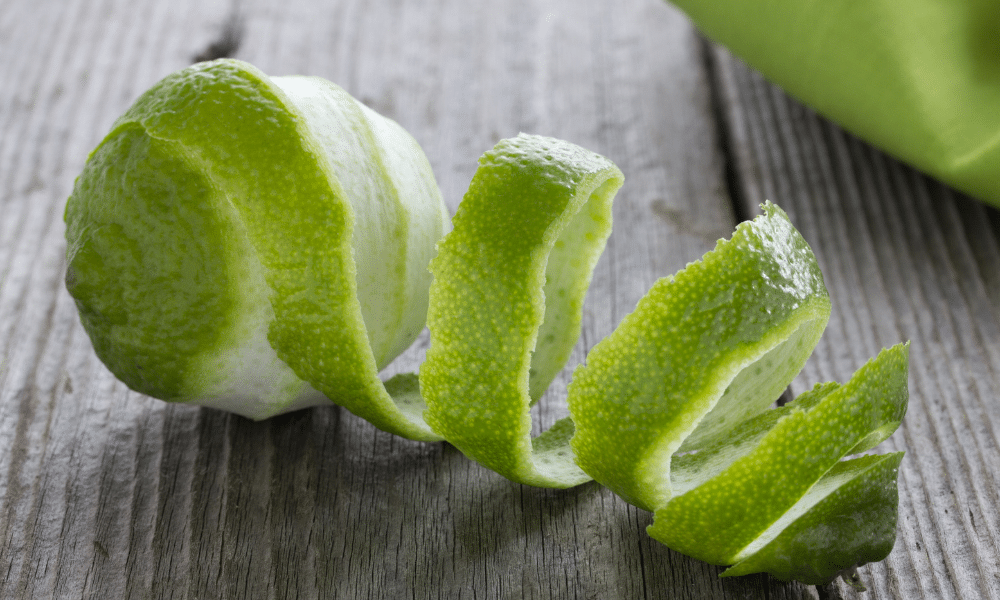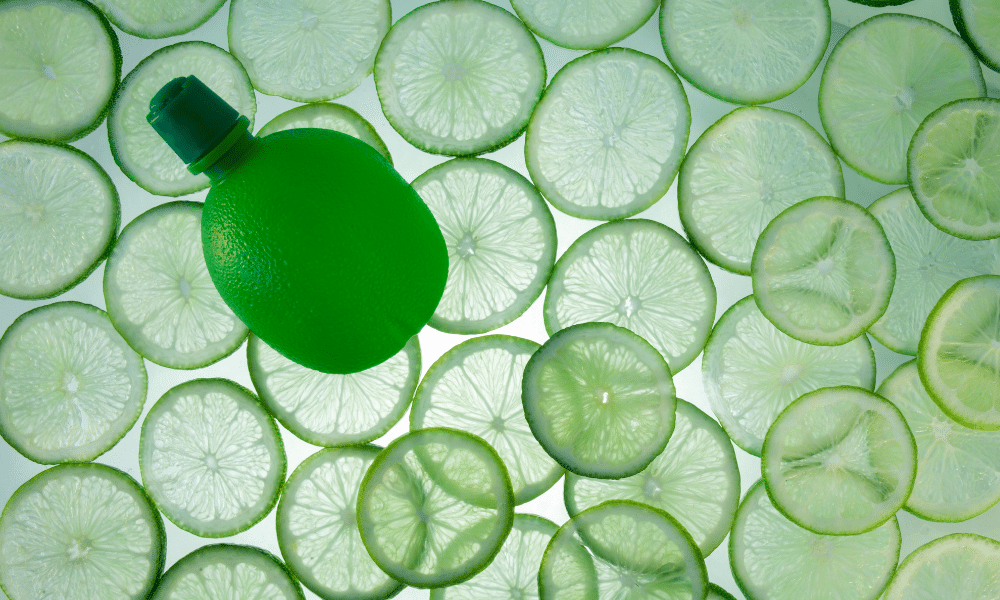Lime is a popular citrus fruit used in both savoury and sweet dishes, but its zest is especially favoured over its juices.
The zest of a fruit is the outmost layer, giving each citrus fruit its colour. It is the oils in the zest that makes the zest arguably the most useful part of citrus fruits.
But, what can you use instead of lime zest if you do not have enough limes to hand?
Our 4 Substitutes for Lime Zest
Lime zest is set apart from other citrus zests due to its sharp tangy flavours. It still has all the acidity as is to be expected from citrus fruit, but the lime zest flavour is particularly sharp.
Here are our top 4 substitutes for lime zest:
1) Lemon Zest
Lemon and lime often go hand in hand in both sweet and savoury dishes. Though lime is mostly favoured for savoury dishes and lemon sweet.
Both citrus fruits are very acidic, but lemon zest has a much sourer taste than lime zest.
In most cases, this slight difference will not be an issue, but if it is, then you can counteract the sourness of a lemon by using a little bit more sugar in baked goods.
Or, in savoury dishes, pair lemon zest with some caramelized onions.
A lemon is much larger than a lime, almost double its size in some cases. This means that it will take less lemon zest compared to lime zest to make the citrus flavours in a dish pop.
Of course, no matter which dish you use lemon zest in, it will be a different colour.
Avoid in Key Lime Recipe
Lime zest is already its own substitution for key lime zest. It is best to use a different lime zest substitution that isn’t lemon flavoured if you are following a key lime recipe.
2) Lime Extract
Unlike lime juice, lime extract is made exclusively from the oils extracted from the zest of a lime. This makes the extract extremely pungent and full of the unique lime bitterness that sets it apart from other citruses.
Keep in mind that when using lime extract, you will most likely have to use extra flour or corn starch to keep your dish at the right consistency. This is especially true of dessert recipes that rely on consistent textures to bake correctly.
Seeing as it is an extract, lime extract will last significantly longer in your kitchen than a fresh lime would.
Half the Quantity
When using lime extract, think of it as the zest of multiple limes squeezed into one bottle. One drop of lime extract may not be overwhelming but a whole bottle’s worth is sure to quickly ruin your dish if used all at once.
So only use half the amount of lime extract that a recipe requires to not overwhelm your dish.
3) Lime Peel
If you don’t have a zester to hand or struggle to effectively zest limes, then you can always use the whole outer peel that protects the juicy pulps. This is a suitable substitution if you simply have no way of getting the zest off the lime.
You will get the zesty oils from a lime peel which can have your dish tasting citrusy in no time. However, you will have to deal with the pith.
The pith of lime is the white, bitter protective layer that resides just under the zest.
You will need to use enough sugar and a dash of salt to help dilute the bitterness of a lime pith if you use the whole peel. Otherwise, your whole dish will end up with an unpleasant aftertaste.
Allow Lime Peel to Soften
Though you could chop up and use a lime peel as it is, the peel itself will be tough and will create an unpleasant texture in your dish. You can boil the lime peel for a few minutes to make it soft enough to use in baked goods.
Or, you could add it to a savoury dish as you would a bay leaf and let its flavours slowly released into your food. When you are ready to serve, remove the peel.

4) Bottled Lime Juice
Generally, lime juice does not have as much flavour as lime zest, no matter if that juice is fresh or bottled. This is because most of the flavour from lime comes from the oils in its zest.
If you want your dish to have that distinct lime flavour, then you will have to use at least double the amount of juice. Bottled lime juice will still have a rich lime taste but will just not be as strong as lime zest.
Though it will have the same amount of acidity. Therefore you should use lime juice as a substitute when marinating meats or fish as it will help to tenderise your protein.
Opt for Premium Lime Juice
Often, other flavourings are mixed into cheaper lime juices which dilute its flavour and makes the juice overwhelming sweet. To achieve a more authentic lime zest flavour, spend a little bit more cash on lime juice.

Other Substitutes for Lime Zest
When limes are out of season, it can be hard to find a nice and ripe lime to zest. So, here are a few other alternatives that are widely available other times in the year:
- Orange Zest – Though orange zest is fresher than lime zest and considerably less sharp, it is still a common citrus fruit and will provide the same citrusy flavours
- Lemon Juice – Lemon juice is very acidic and is slightly removed from the flavour of lime zest but will work as a last resort
Summary
Lime zest gives packs a uniquely sharp, slightly bitter punch, unlike any other citrus fruit.
However, lemons are interchangeable with lime in any recipe, making lemon zest the best substitute for lime zest
